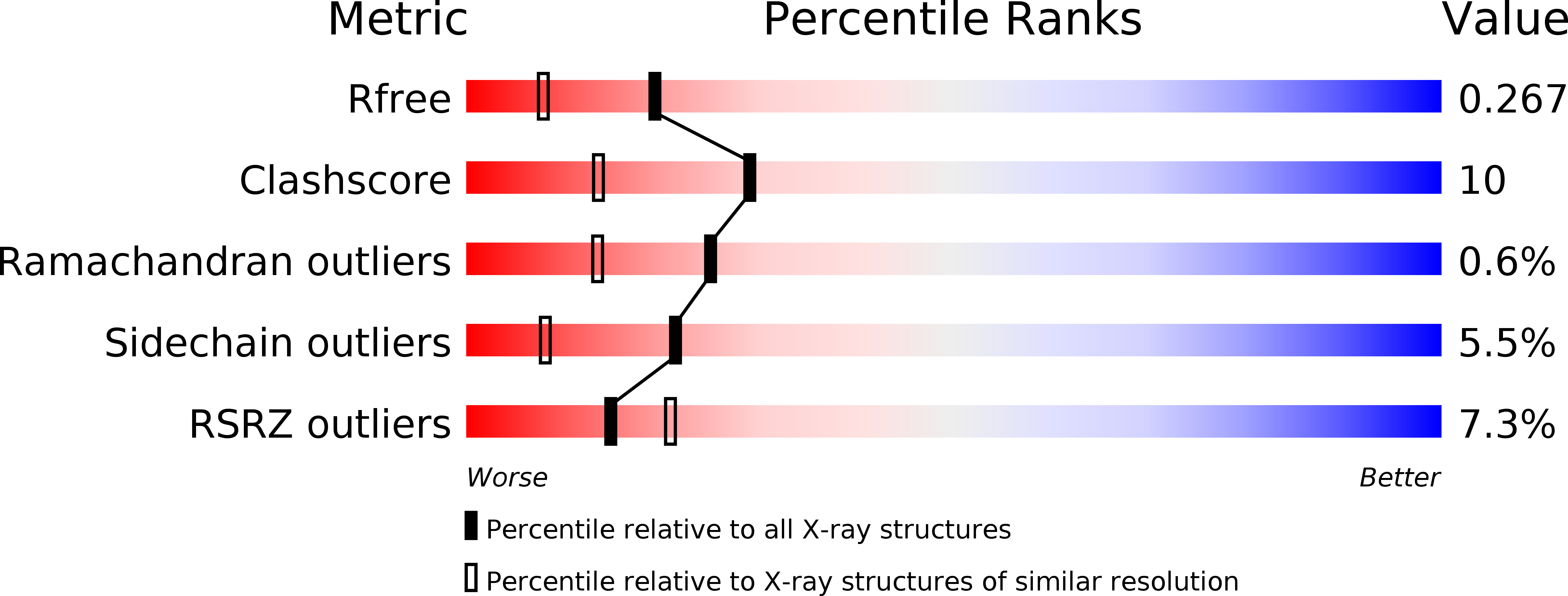
Deposition Date
2007-08-21
Release Date
2007-09-04
Last Version Date
2023-12-13
Entry Detail
PDB ID:
2V95
Keywords:
Title:
Structure of Corticosteroid-Binding Globulin in complex with Cortisol
Biological Source:
Source Organism:
RATTUS NORVEGICUS (Taxon ID: 10116)
Host Organism:
Method Details:
Experimental Method:
Resolution:
1.93 Å
R-Value Free:
0.26
R-Value Work:
0.21
R-Value Observed:
0.21
Space Group:
C 1 2 1


